Today I am sharing a step-by-step guide to making the simplest Pakistan salan. All you need is ginger garlic paste, onions, powdered spices and your favorite meat cut. The best part about this recipe is how simple and versatile it is – with the exact same ingredients, you can create multiple salan variations such as:
- Bhuna Chicken (Dry style Pakistani chicken curry made using bone-in chicken)
- Boneless Chicken Salan (Pakistani chicken curry made using boneless chicken)
- Chicken ka Salan (Pakistani chicken curry made using bone-in chicken curry pieces)
- Mutton ka Salan (Pakistani curry made using goat meat / mutton)
Note – though you are using the exact same ingredients, none of the salan / curries taste the same.
What is salan?
Salan is a word from the Urdu language, and it is commonly used in Pakistan and India. It’s difficult to find an exact translation in English but the best way to describe this word in is that it is a Pakistani or Indian gravy like curry. The western world uses the word curry to refer to pretty much all dishes from the Indian sub-continent. In actuality, there is a lot of variation in how different ‘curries’ are made. For instance, the basic salan recipe I am sharing is made with just onions and powdered spices, but there are many variations of salan depending on the spices, garnishes and other ingredients used. Chicken karahi is made with tomatoes, and chicken qorma is made with fried onions and yoghurt. Aloo gosht ka salan is made with red meat and potatoes.
A salan can also be meat based or vegetarian. For instance, chicken ka salan is chicken curry with gravy. If there was no gravy, the chicken curry would be referred to as bhuna chicken (dry style chicken curry) and if the gravy was soup like, it would be referred to as chicken shorba (broth style chicken curry).
Step by step guide to making a Pakistani salan (and how to make multiple variations using the same ingredients):
Once you have gone through this salan guide, you can make any type of Pakistani salan be it the regular chicken ka salan (chicken curry), or a red meat based salan using goat meat (called mutton in the Indian sub-continent) or lamb, or beef. You can also use this recipe to make a dry style chicken salan, called bhuna chicken or a more gravy version called chicken shorba. In fact, you can even make qeema which is a Pakistani curry made using ground mince, or a vegetarian salan such as anday aloo ka salan (potato and egg curry).
- Start off with the onions: The base of a Pakistani salan is the onions. That’s what gives the salan it’s color, and also creates the gravy base of the salan. Start off with frying the onions on medium heat so they turn golden brown, and crispy. The more you fry them, the richer the color of your salan, but you need to be careful about burning the onions. It’s a pretty fine line to brown the onions enough, but not burn them. Following are the types of onions that you can use.
- Sliced – this is my preferred way of cutting onions for salan. I feel they caramelize the best, and dissolve best into a salan. If you have a food processor with a slicer attachment, you can also slice onions in bulk and then do meal prep.
- Diced – diced onions can also be used to make a salan, but I feel they don’t caramelize as well as sliced onions.
- Onion Paste – onion paste also results in a delicious salan, however, the color is less golden brown. The benefit is that it doesn’t require as much care as sliced onions (in terms of browning) as it’s paste form and already smooth, and it can be made in bulk and kept in the fridge.
- Fried onions / Barista – crispy fried onions (also known as barista) can be used instead of fresh ones. This is a convenient option that saves a lot of the frying time. It’s possible to make these at home, or you can purchase from the supermarket. One medium onion is about 100 grams (½ cup) of crispy fried onions. To use fried onions, heat a tablespoon of oil, and fry the onions for 1 – 2 minutes and then proceed with the recipe.
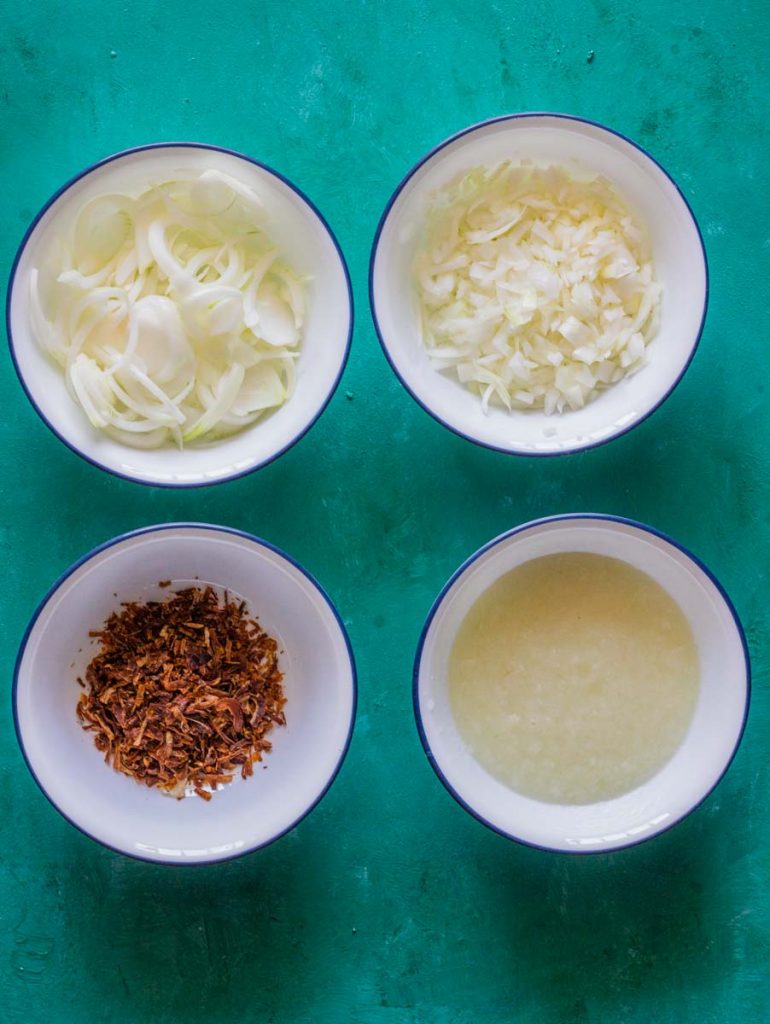
- Add the meat: Once the onions have been browned, add the meat. Cook the meat on medium heat for a few minutes till it changes color and the water dries off. This step ensures that any possible smell (or heek) goes away. The type of meat used can be boneless chicken, bone-in chicken or red meat such as beef, lamb or goat meat (mutton). The same salan base can also be used to make a vegetable based salan such as anday aloo ka salan (potato and egg curry) or qeema which is basically a ground mince curry.
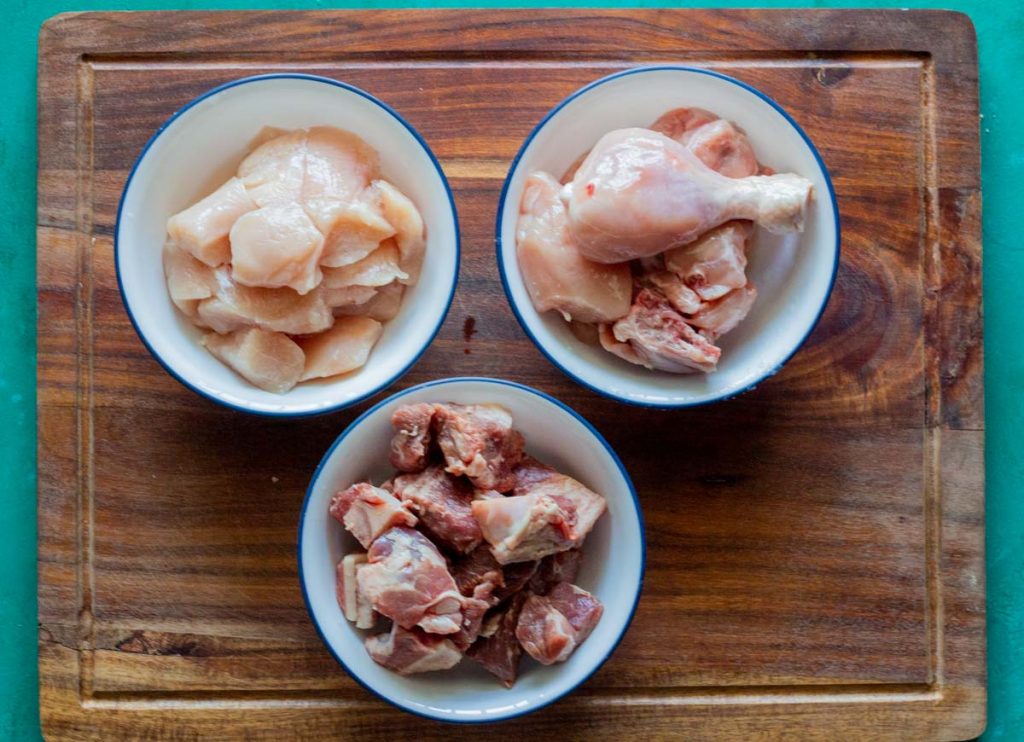
- Add the spices: At this stage, add the ginger garlic paste as well as spices, and yoghurt (if using). The recipe I am sharing is for the simplest salan possible, so I have used the most basic of Pakistani spices – coriander powder, turmeric powder, and red chili powder. Ingredients that are available in any Pakistani kitchen. However, you can add whole spices (sabit garam masala) such as cumin seeds, coriander seeds, cloves etc. or other powdered spices. If you are making a salan using red meat, it’s always a good idea to use whole spices as they complement the flavor of the red meat really well. The spices need to be cooked on medium heat so that they release their flavor, and the raw taste dissipates. In case the spices are burning, add a splash of water. Once the spices have been cooked, add yoghurt and saute (bhonofy) for another 2 minutes.
- Decide on the gravy quantity: The salan masala is ready. It is at this stage in the salan making process that you decide how much gravy you want. Depending on the water you add, this will be the type of salan that will be made:
- Bhuna style chicken / gosht: If you add only a few tablespoons of water or yoghurt then your salan will be on the dry side, and will be called dry or bhuna style.
- Salan: If you add 1 cup of water then it will be what is called a salan consistency. Think gravy like, but not too liquid.
- Shorba: If you add about 1 ½ - 2 cups (or more) of water, then the gravy will be on the thinner side like a broth.
Bring the salan to a boil, and then turn heat to low partially covering the pot and cook the meat till it is tender.
Note: The amount of water you add also depends on the meat and method of cooking you are using. If you are cooking in a pressure cooker (or multicooker) less water will be required, as it won’t evaporate. If you are making a salan using red meat (goat meat, lamb or beef) you will need to add extra water, as the water will evaporate during cooking. Boneless chicken will require less water versus bone-in chicken. Season the salan depending on the amount of water added – more water requires more salt, and less water requires less salt.
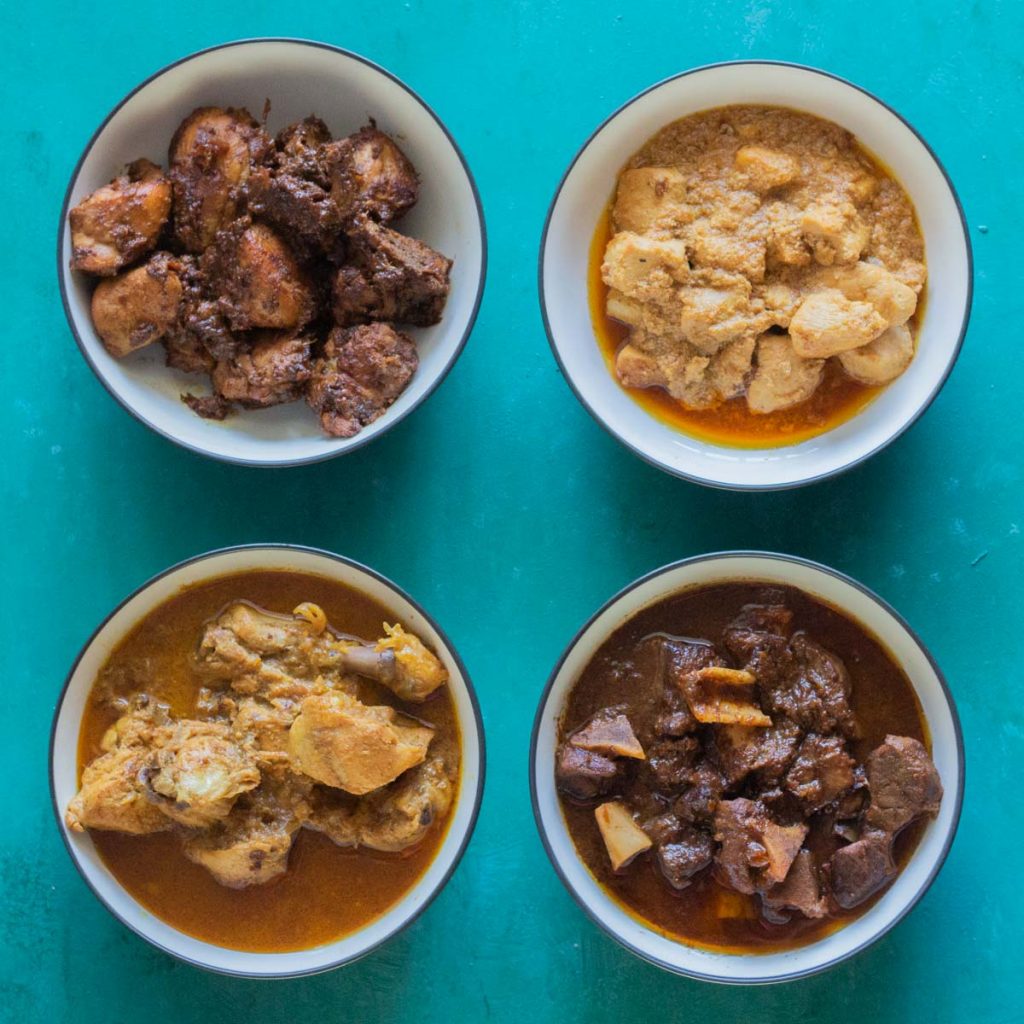
- Cook till the meat is tender: Bring the salan to a boil, and then turn heat to low. Partially cover the pot, and cook the salan till the meat is tender. Boneless chicken will take around 30 minutes, bone-in chicken will take around 45 minutes. Beef, goat meat and lamb will take longer. If you are using a pressure cooker (or multicooker), you can speed up the cooking time. Once the meat is almost tender, you can adjust the amount of gravy as well as the seasonings. If you want more gravy, add more water. If you want less gravy, take off the cover from the pot and turn heat to medium-high to evaporate the water.

- Serve the salan: Once the meat is tender, turn off the heat and add any garnishes if using. This includes coriander leaves / cilantro, or sliced ginger, or green chilies. If you are using a finishing spice such as garam masala or kasuri methi (dried fenugreek leaves), this is the time to add them. Salan can be served with a South Asian style bread such as roti, chapati, naan or paratha. I personally prefer to have salan with roti or chapati. It can also be served with plain rice or zeera rice. Other sides to complelemnt the salan include plain yoghurt or raita, achaar (pickles) or a light salad such as kachumber.
What makes a good Pakistani salan (be it chicken salan or gosht salan)?
There are just a few ingredients required to make a salan but let me tell you – it took some time to get the consistency right. Here are some tips on how to make salan.
- The smoothness of the gravy: The salan (gravy) needs to be a smooth-ish masala gravy. It won’t be completely smooth but there should be no visible chunks of onion, or tomatoes if you are using tomatoes. In order to get this consistency to the salan you need to fry the onions (and tomatoes if using) on medium-high heat till they break down, and combine into a thick masala paste. Keep stirring, and bhuno-fying till the masala is formed, and add a splash of water if required. In case the masala isn’t smooth enough, you can put it in a food processor and pulse till completely smooth. Another safe option is to use onion paste instead of sliced or diced onions.
- The colour of the salan: A good salan is a rich brownish-red in color. The first step to getting the perfect salan color is the caramelization of the onions – the darker the onions, the darker the salan. The onions need to be fried till golden brown (but not burnt). Once the onions are the right color, a splash of water can be added to stop them from cooking further. The second step to getting the salan color is the powdered spices – coriander powder, red chili powder, and turmeric powder (haldi) add flavor and a richness to the salan color. Deghi mirch (or Kashmiri laal mirch) is also used to add a reddish color to the salan. Garam masala can add dark brown-black tint to the salan which is why I prefer to add it at the end as a finishing seasoning instead of in the beginning.
- The oil separation: The way to tell if a Pakistani or Indian salan is ready is when the oil separates from the sides – you will basically see an orange oily ring on the edges of your salan masala. That’s when you can tell the masala is ready. Remember, in order to get this oil separation and also fry off the masala, it’s important to add enough oil. Less oil can be used, but the salan masla won’t be as rich.
- The thickness of the salan masala: The salan masala is similar to a gravy base – once the masala base is ready, you can add more water to make the gravy as per your requirement. It can’t be too thick and it can’t be too thin. If it’s too thick, add a splash of water to thin out the masala. In case the salan masala turns out to be too thin, add some more fried onions (and/or tomatoes) to add body to the salan masala.
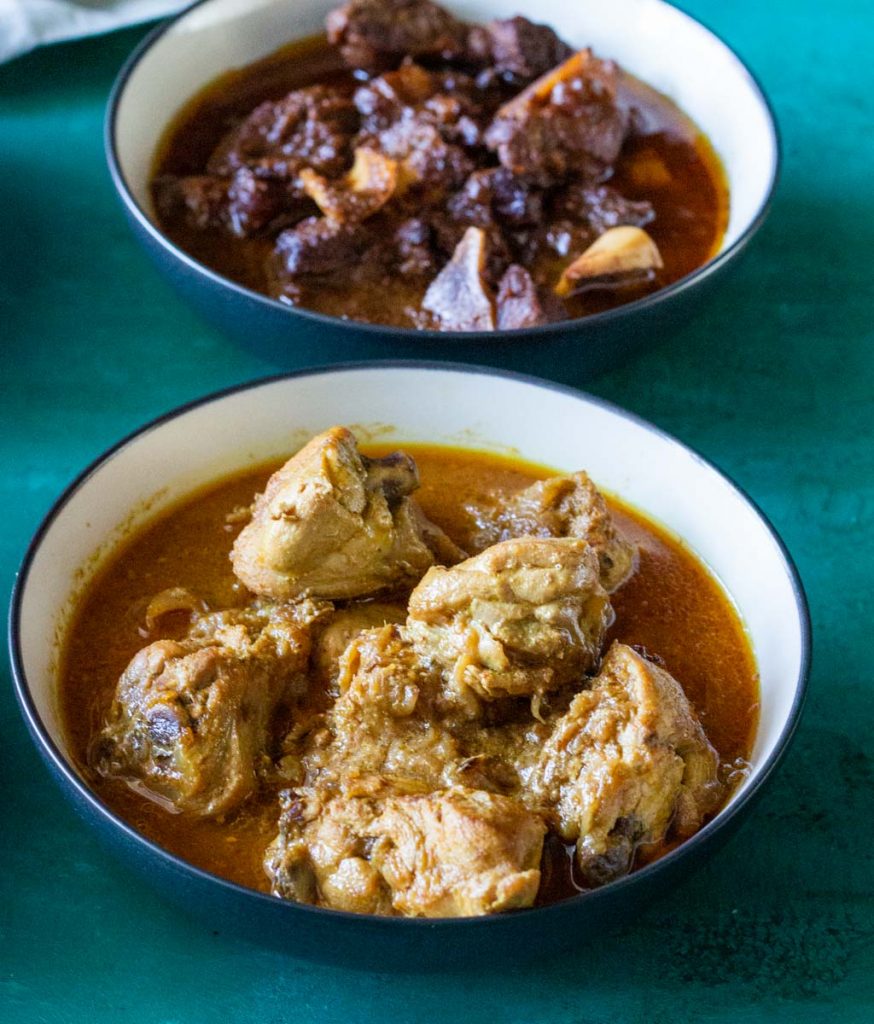
Looking for more Pakistani & Indian curry / salan recipes for your weekly dinner inspiration. Check out the following:
- Ginger Chicken, Pakistani style
- Murghi ka Salan (Chicken curry with Onions and Tomatoes)
- Karahi Chicken
- Aloo Gosht (Mutton Curry with Potatoes) – Stovetop & Pressure Cooker method
- Traditional Chicken Qorma
- Chicken Malai Tikka - Malai Boti
Would love it if you could try out and rate the recipe, and let me know how it was in the comments below! To keep updated with recipes, stories and so much more follow me on Facebook here, Instagram here and Twitter here
📖 Recipe
The simplest Pakistani salan recipe (with multiple variations using the same ingredients)
Ingredients
- ¼ cup oil
- 1 medium / 120 grams onion, sliced see note 1 for other types of onions
- 500 gram meat (I prefer to use skinless, bone-in chicken curry pieces) see note 2 for other meat options
- 1 teaspoon ginger garlic paste
- 1 teaspoon coriander powder
- ¼ teaspoon turmeric powder
- ½ teaspoon red chili powder
- 1 teaspoon salt
- 2 tablespoons yoghurt if using
- Water as needed
Instructions
- Heat oil in a medium sized pot. This can be stainless steel, enameled cast iron, or aluminum pot. It is also possible to use a pressure cooker (or multicooker).
- Add the sliced onions, and fry till they turn golden brown. Keep stirring regularly. The darker the color of the onions, the richer the color of the salan / gravy. However, be careful of burning the onions.
- Once the onions have been browned, add the meat. Cook the meat on medium heat for a few minutes till it changes color and the water dries off. This step ensures that any possible smell (or heek) goes away.
- Then add ginger garlic paste, as well as the powdered spices (coriander powder, red chili powder and turmeric powder), and salt. The spices need to be cooked on medium heat so that they release their flavor, and the raw taste dissipates. This process will take about 1 – 2 minutes. In case the spices are burning, add a splash of water.
- Once the spices have been cooked, add yoghurt (if using) and saute for another 2 minutes.
- Once the salan masala is ready, add water as required. The amount of water you add also depends on the meat and method of cooking you are using.
- Depending on the water you add, this will be the type of salan that will be made:- Bhuna style chicken / gosht: If you add only a few tablespoons of water or yoghurt then your salan will be on the dry side, and will be called dry or bhuna style.- Salan: If you add 1 cup of water then it will be what is called a salan consistency. Think gravy like, but not too liquid.- Shorba: If you add about 1 ½ - 2 cups (or more) of water, then the gravy will be on the thinner side like a broth.If you are making a salan using red meat (goat meat, lamb or beef) you will need to add extra water, as the water will evaporate during cooking. If you are using a pressure cooker, you will need to reduce the amount of water as it won’t evaporate.
- Bring the salan to a boil, and then turn heat to low partially covering the pot and cook the meat till it is tender . Boneless chicken will take around 30 minutes, bone-in chicken will take around 45 minutes. Beef, goat meat and lamb will take longer.
- Once the meat is tender, taste and add salt if needed. You can also adjust the gravy quantity – add water, or turn the heat to high to evaporate some of the gravy.
- Salan can be served with a South Asian style bread such as roti, chapati, naan or paratha. I personally prefer to have salan with roti or chapati. It can also be served with plain rice or zeera rice.
Notes
- Diced: Diced onions can also be used, but in my opinion, they take more time to caramelize.
- Onion Paste: Onions can be blended with water into a paste, and used. The benefit of using onion paste is that the salan is on the smoother side, but the color is less golden brown.
- Fried onions / Barista: Crispy fried onions (also known as barista) can be used instead of fresh ones. This is a convenient option that saves a lot of the frying time. It’s possible to make these at home, or you can purchase from the supermarket. One medium onion is about 100 grams (½ cup) of crispy fried onions. To use fried onions, heat a tablespoon of oil, and fry the onions for 1 – 2 minutes and then proceed with the recipe.



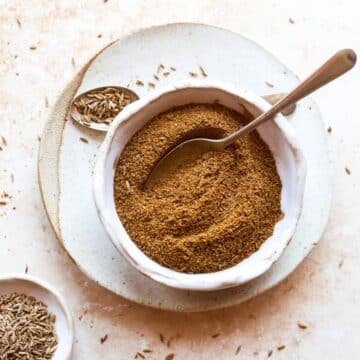
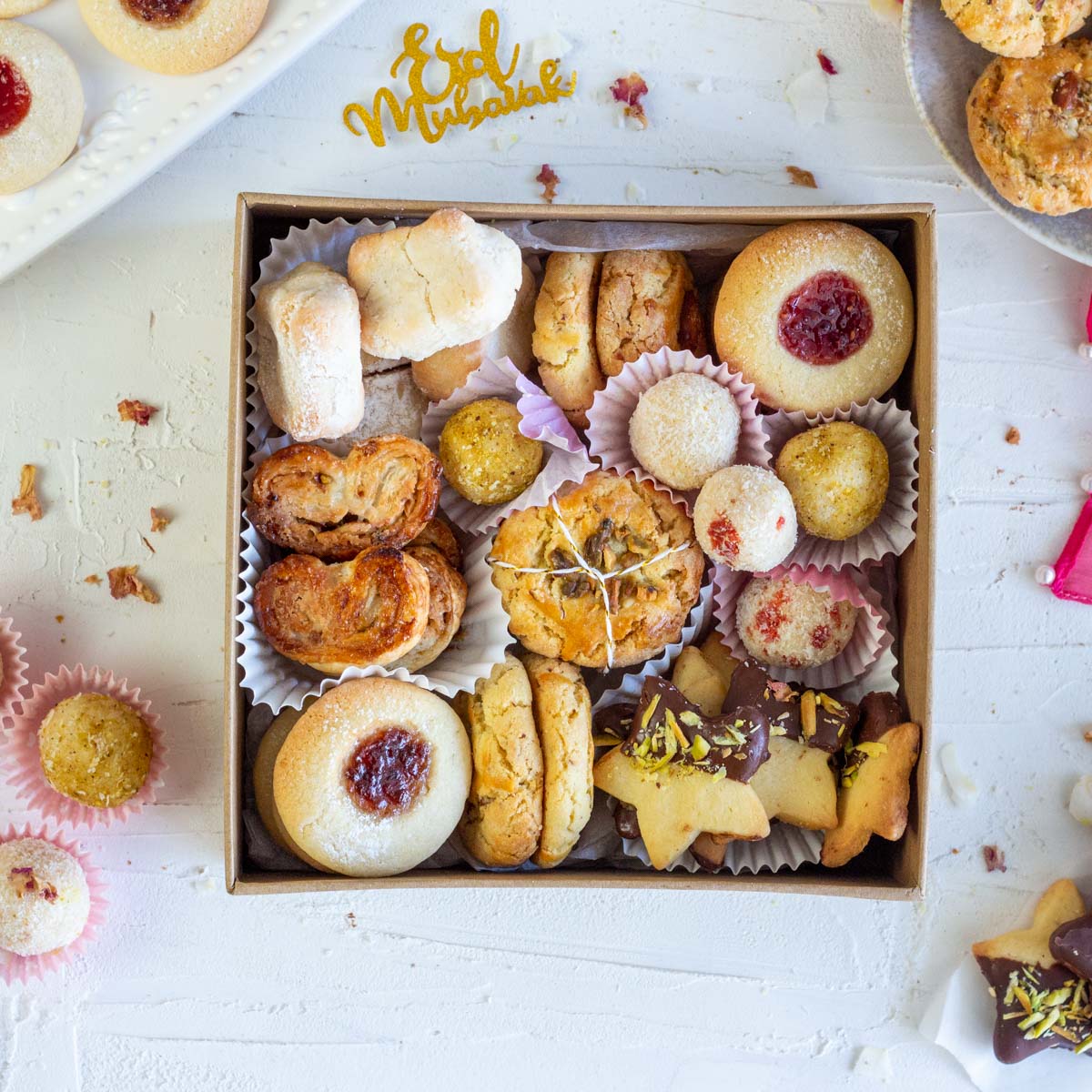
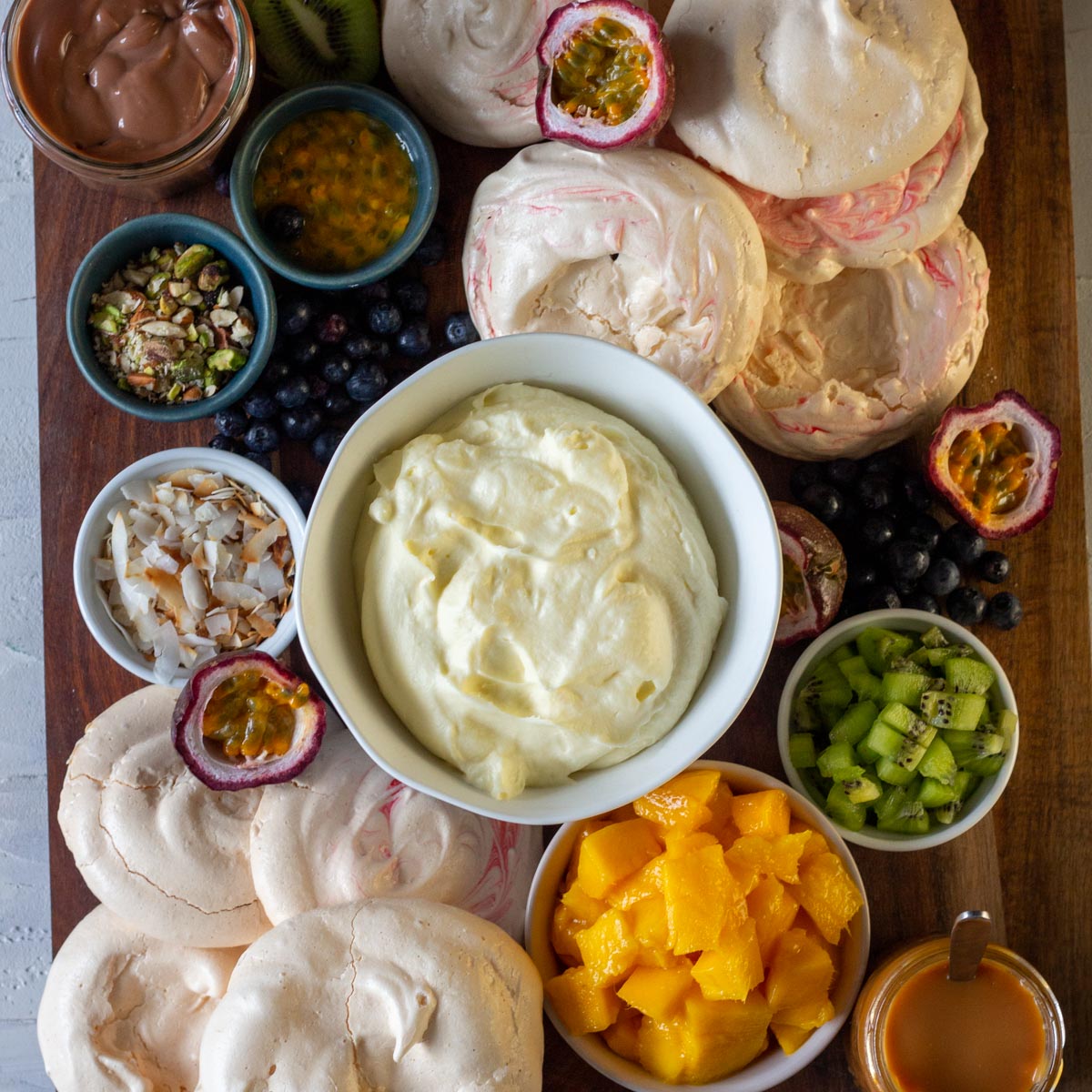
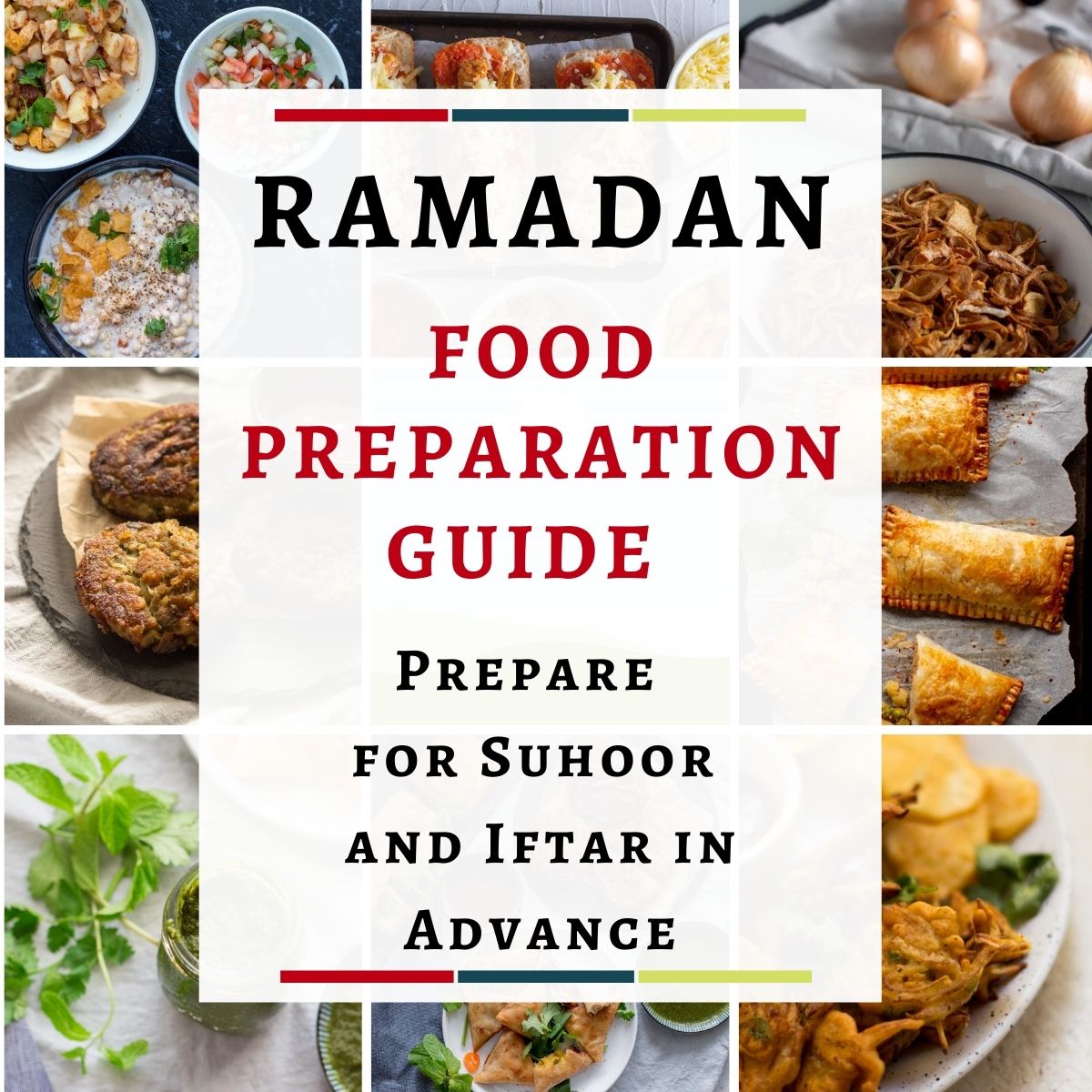
Arsh says
Really thorough and detailed description of basic base salan which was enjoyable to read and learn.
Any plans on a cookbook? I am so glad I found your website and will follow on Instagram.
Julie says
This breaks down perfectly how a proper salan is and how its made with varieties and options. Thank you so much.
Ben says
Hi i just wanted to ask a question, you mention above the required water amounts that vary to the style of curry (1 cup for a Salan or 1-1/2 - 2 cups for a shorba), should these be doubled if making 1KG of meat? so 1KG of lamb, to make a Salan style, add 2 cups instead of 1, and just double the amount of spices you mentioned? Thanks! 🙂
Ben says
Thanks so much for this! I have always wondered about how to make an excellent homemade Salan with minimal ingredients. I just want to ask though, can you use tomatoes instead of Yoghurt? And how many would be enough if so? Thanks!
kiran says
Hello Ben,
Thanks for appreciating the recipe. You definitely can use tomatoes. For 500grams of meat, 1 medium chopped tomato should be enough. Saute it on medium heat with the onions till it softens and caramelizes. You can use a spoon to mash it up as well.
Ben says
Thanks for the reply and clarification! I used this recipe last night to make a Beef Salan, and it came out great! My Dad was surprised at how few ingredients I used! I did use too many tomatoes, though, I think, so it was a little bit too tomatoey but practise makes perfect! I can't wait to try it with chicken next! And possibly brave a thinner gravy as the last time I attempted a thin gravy, it was too watery and bland 😬
Ben says
Thanks so much for this! I have been trying everywhere to find a traditional yet simple Salan style curry. My ex-partner was Punjabi and her mum would make us Salan and Roti all the time and I have never been able to find a recipe for it! I dont want to faff about with hundreds of different spices and cook 'British Indian Restaurant'. Cant wait to try the recipes! 🙂